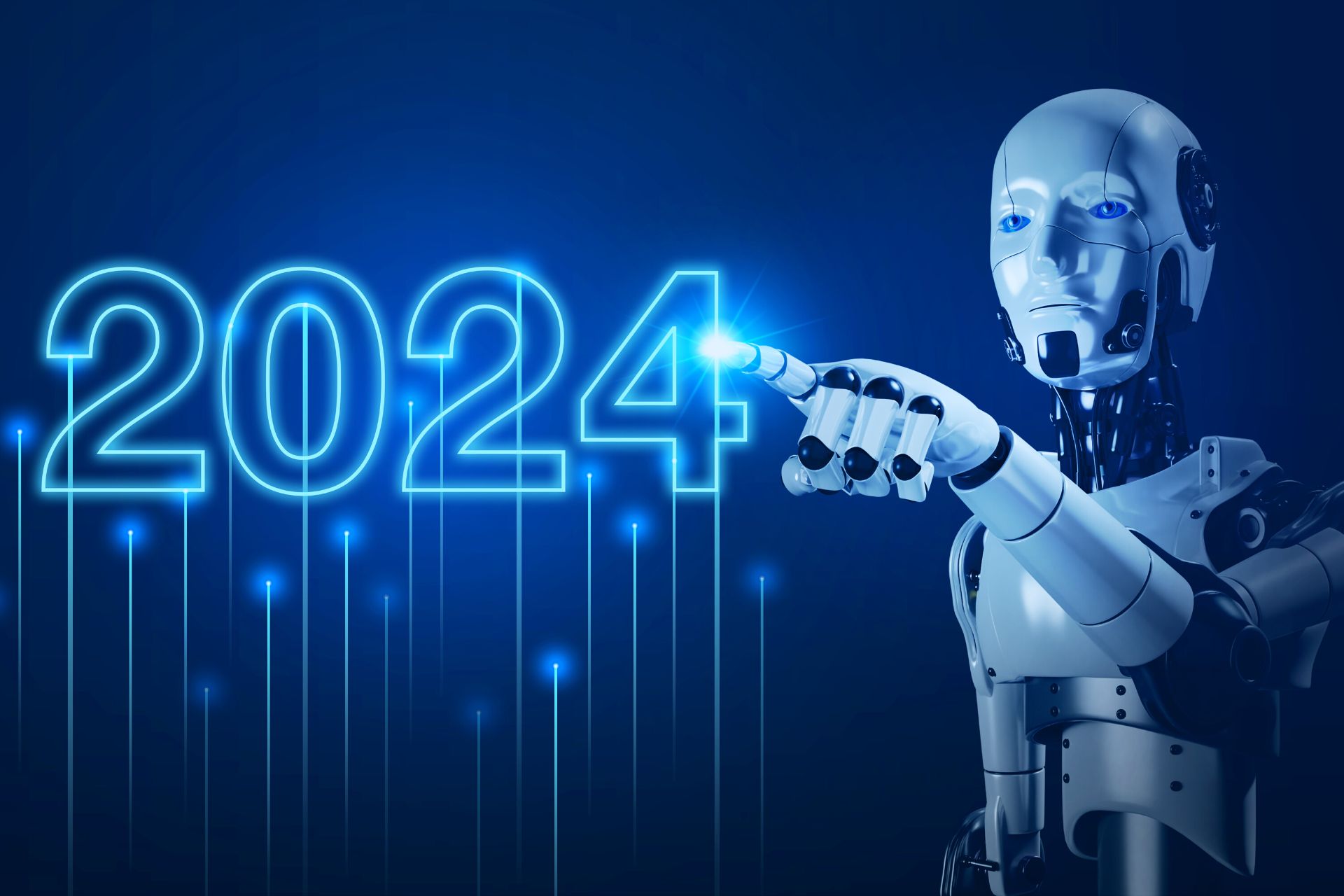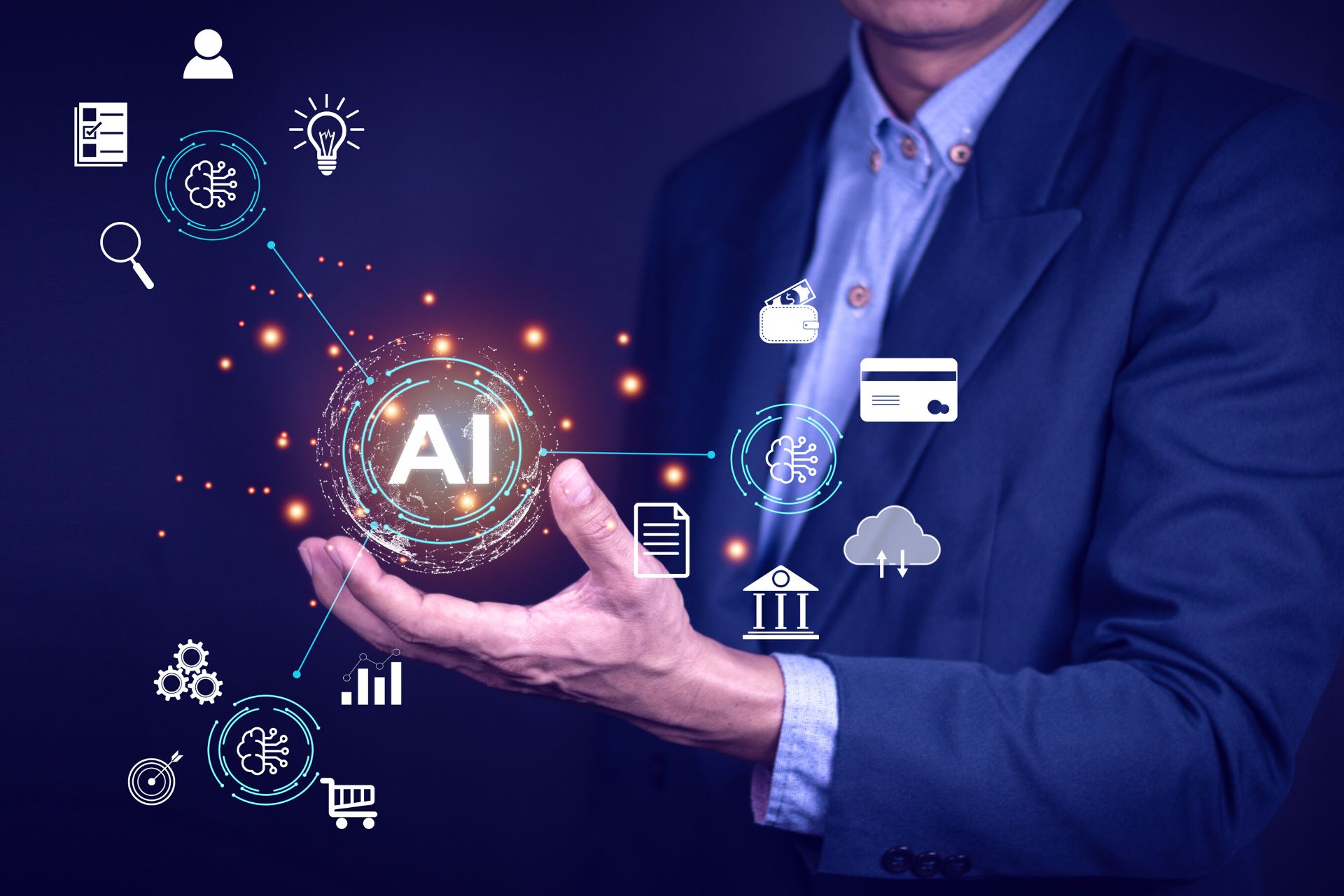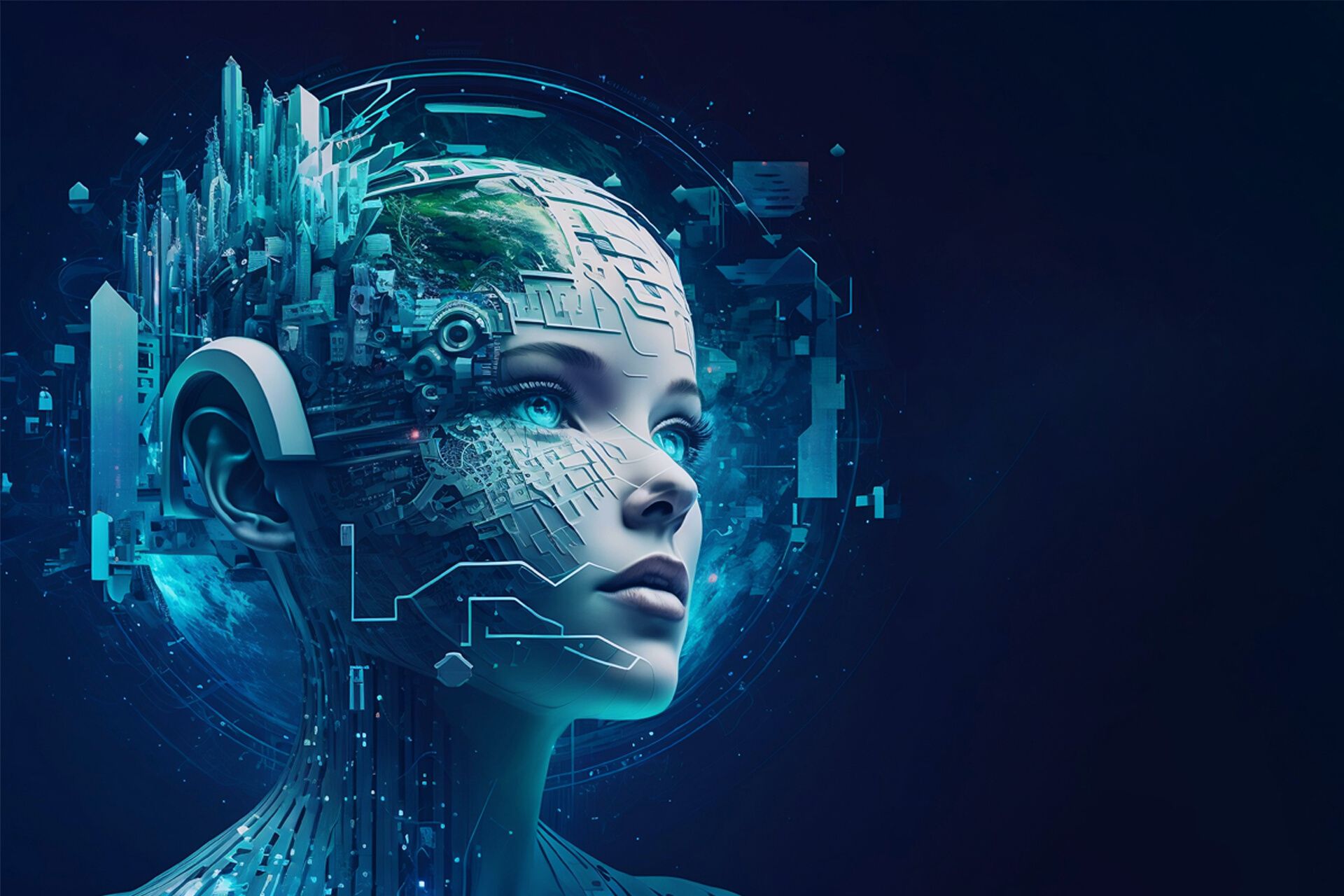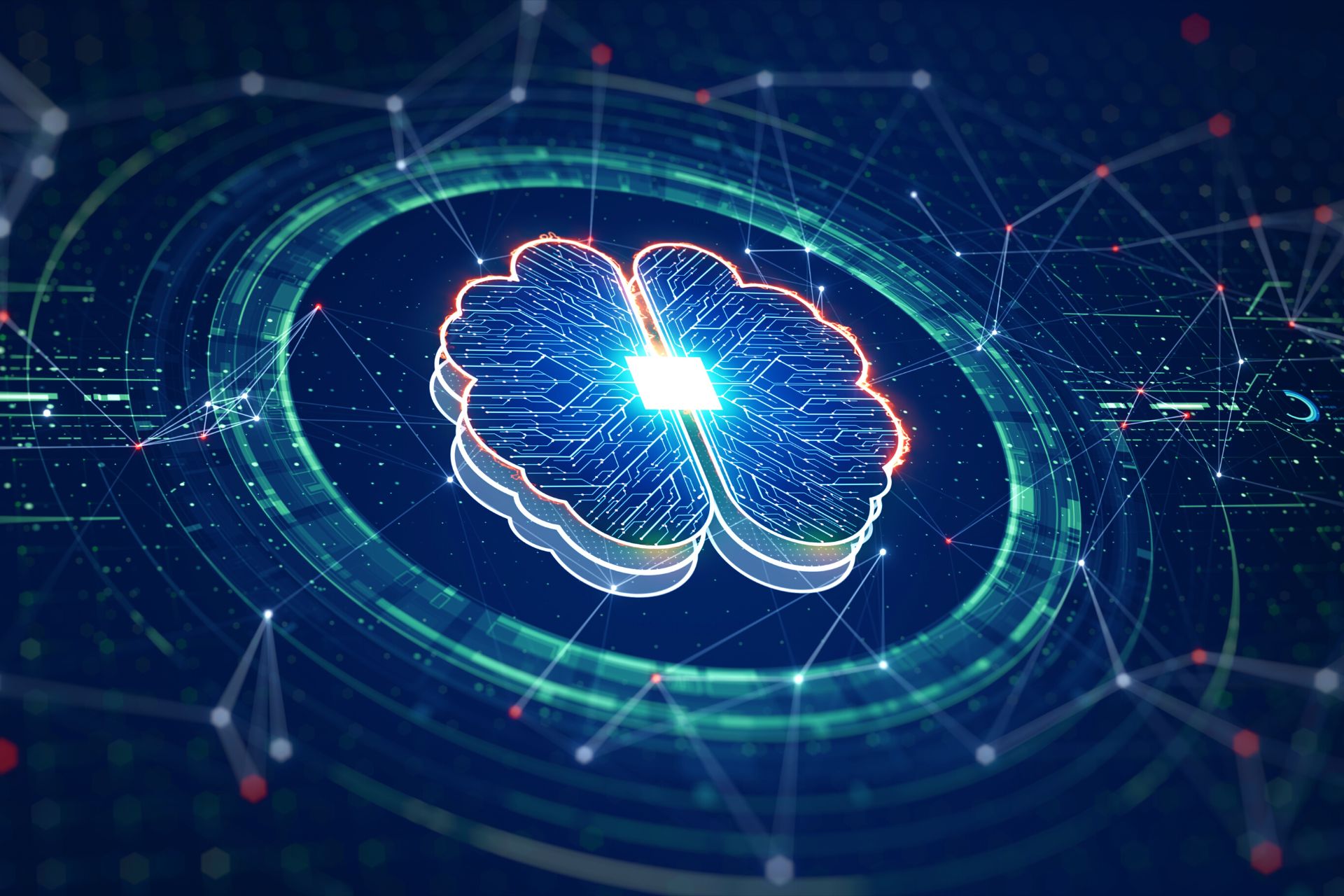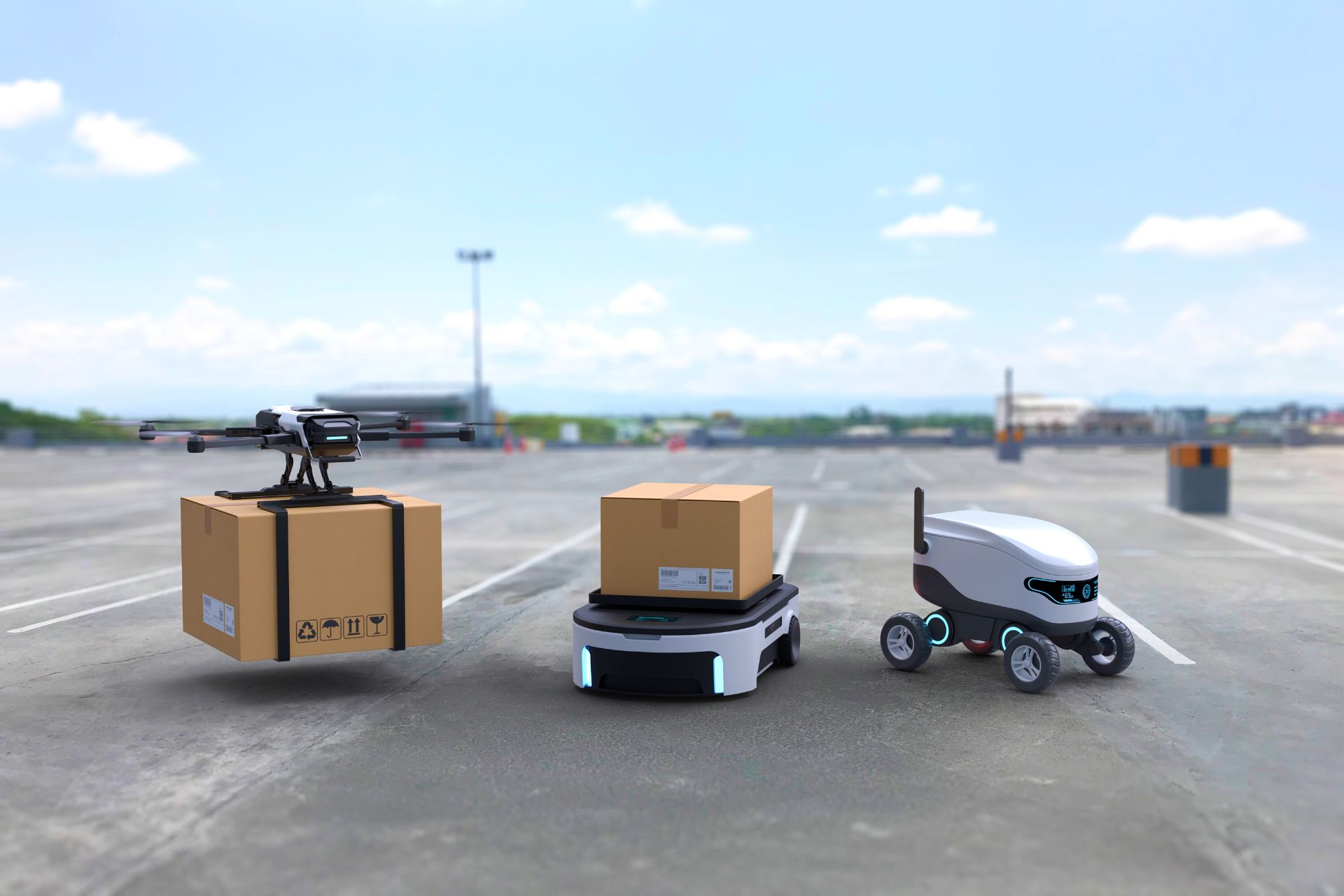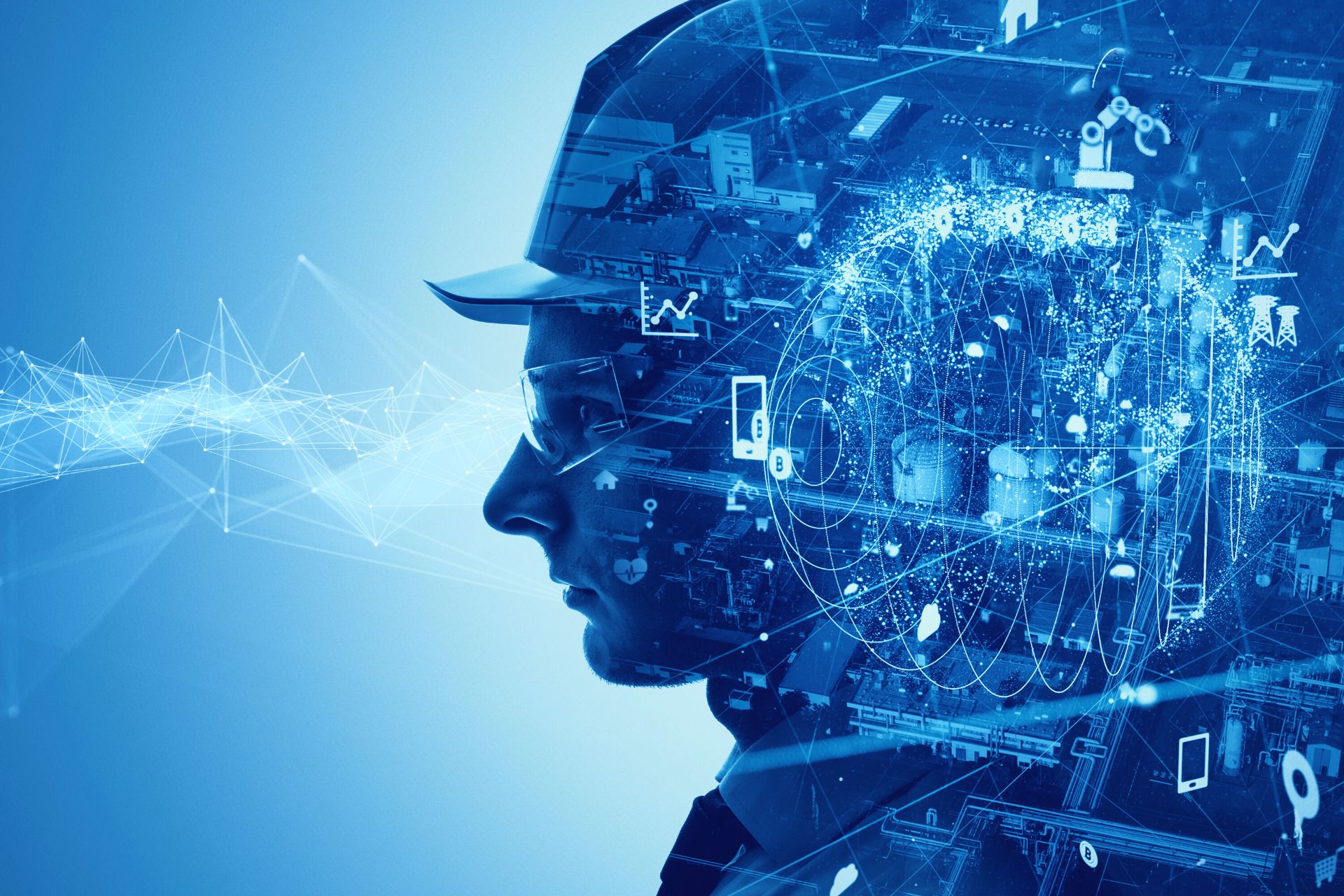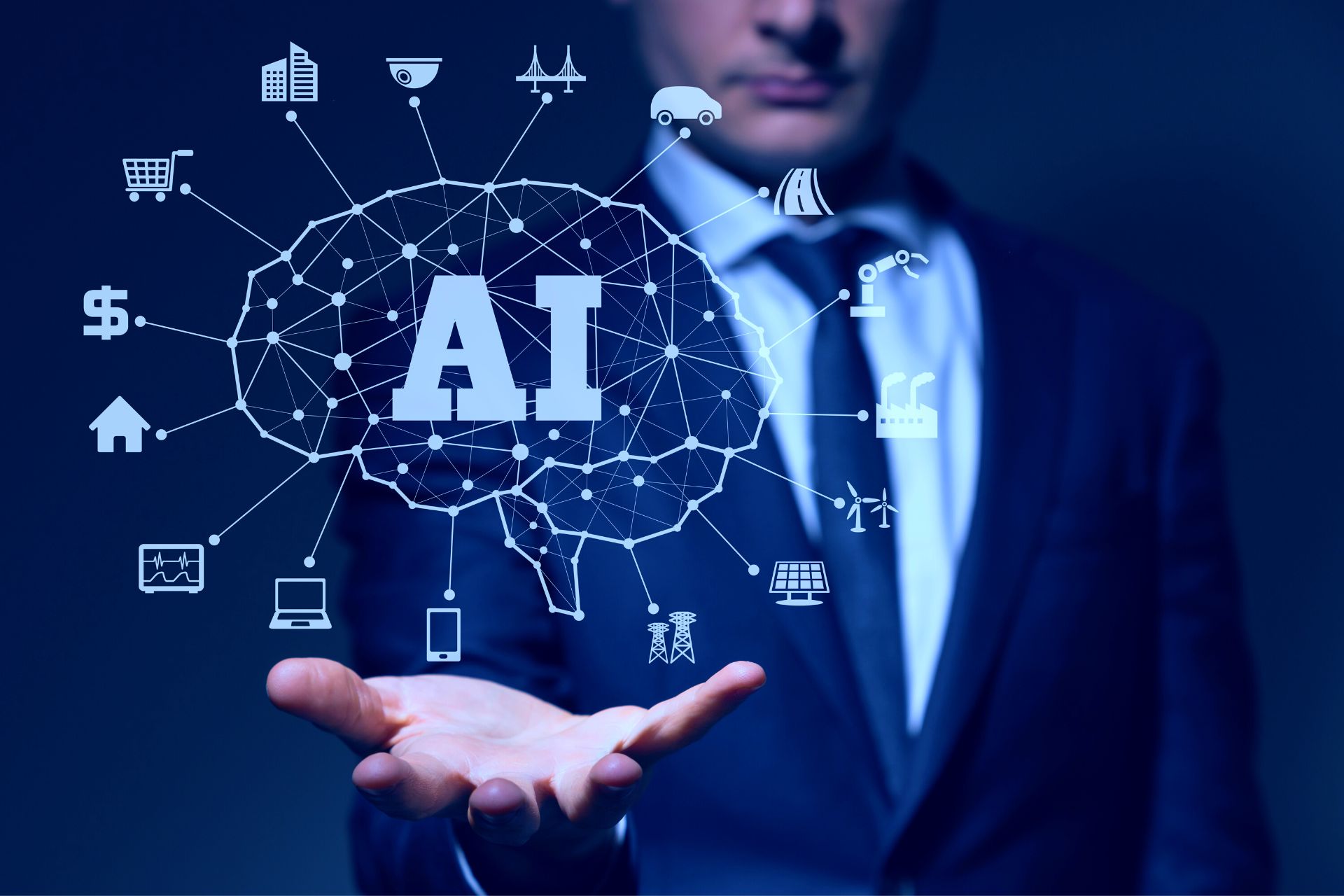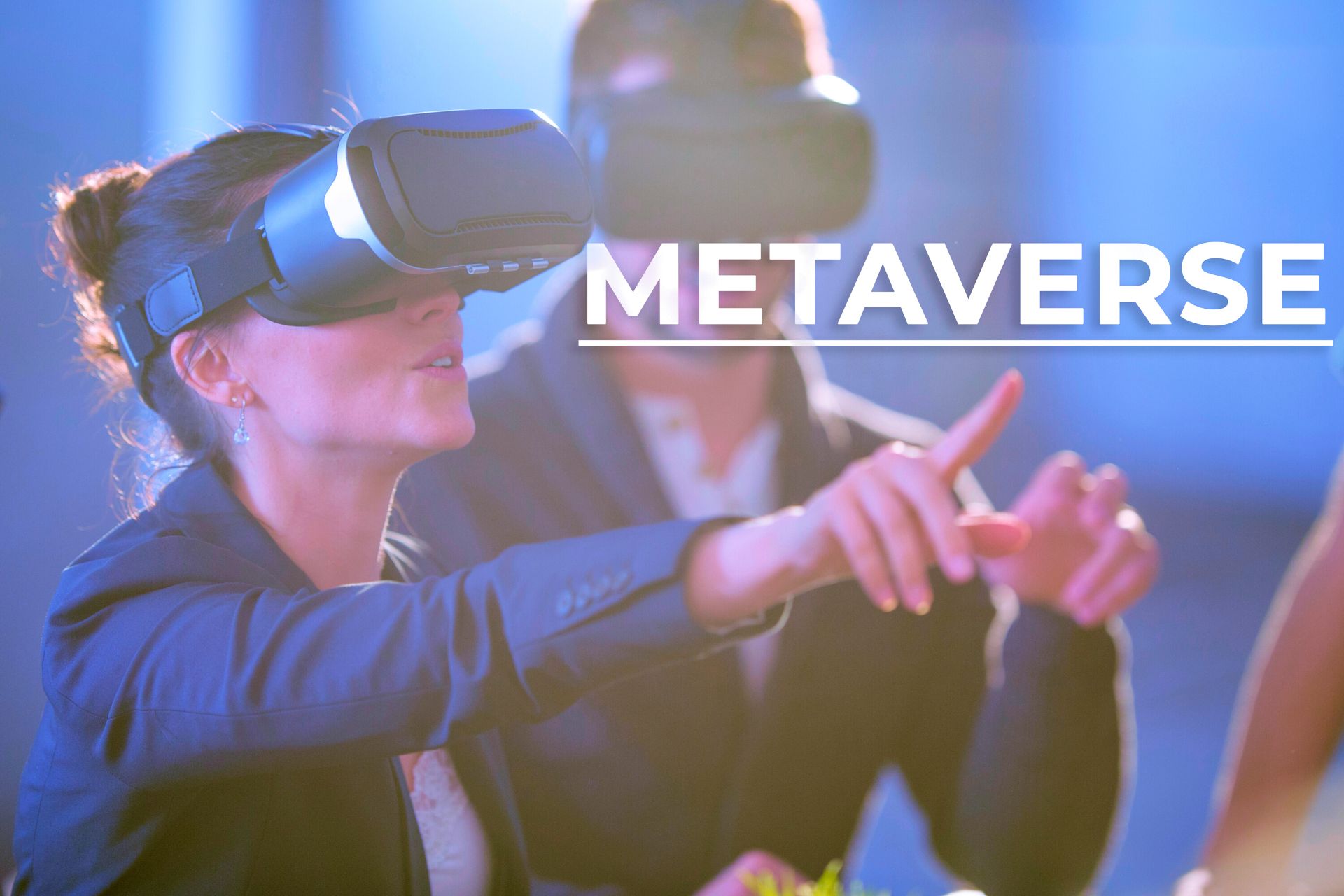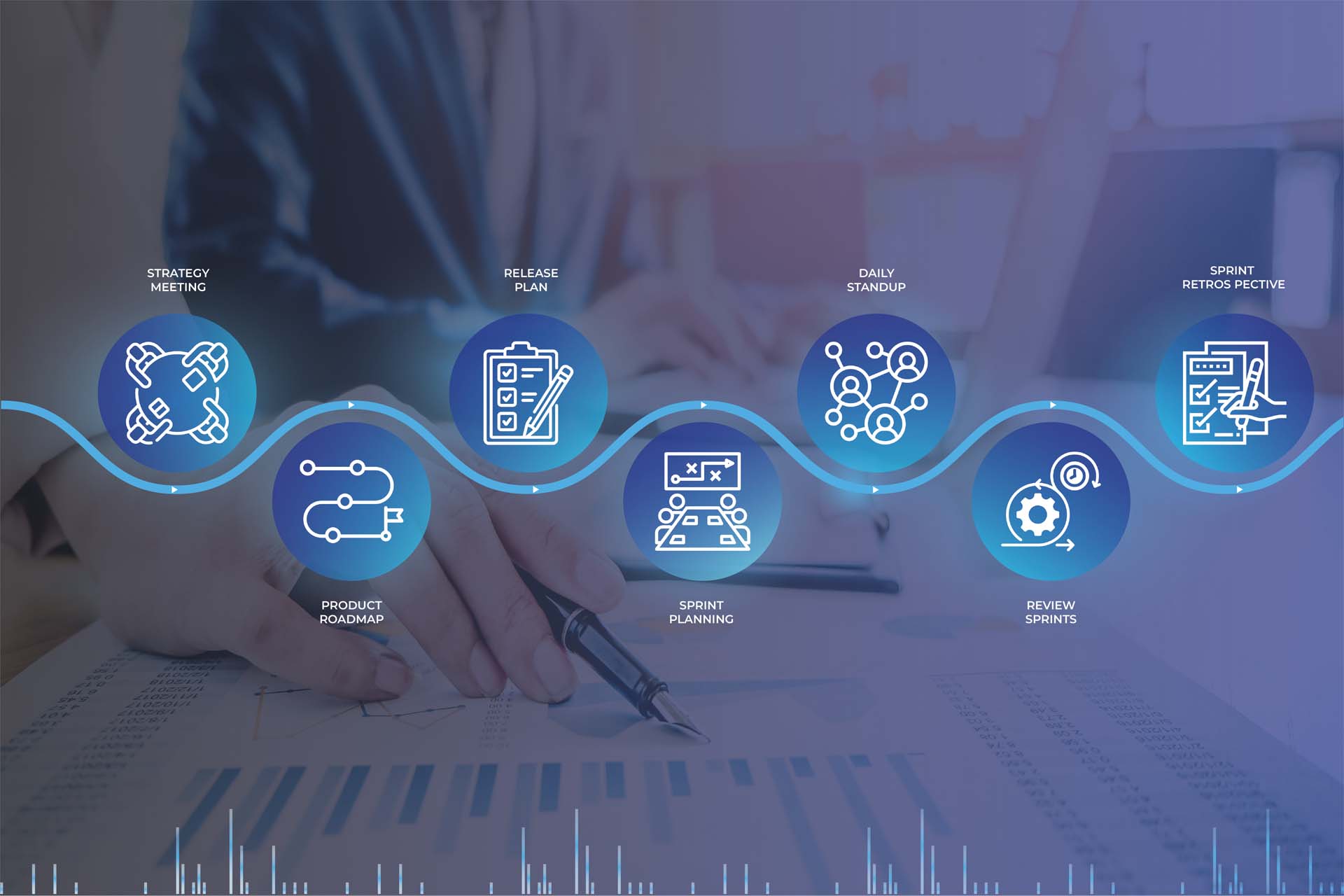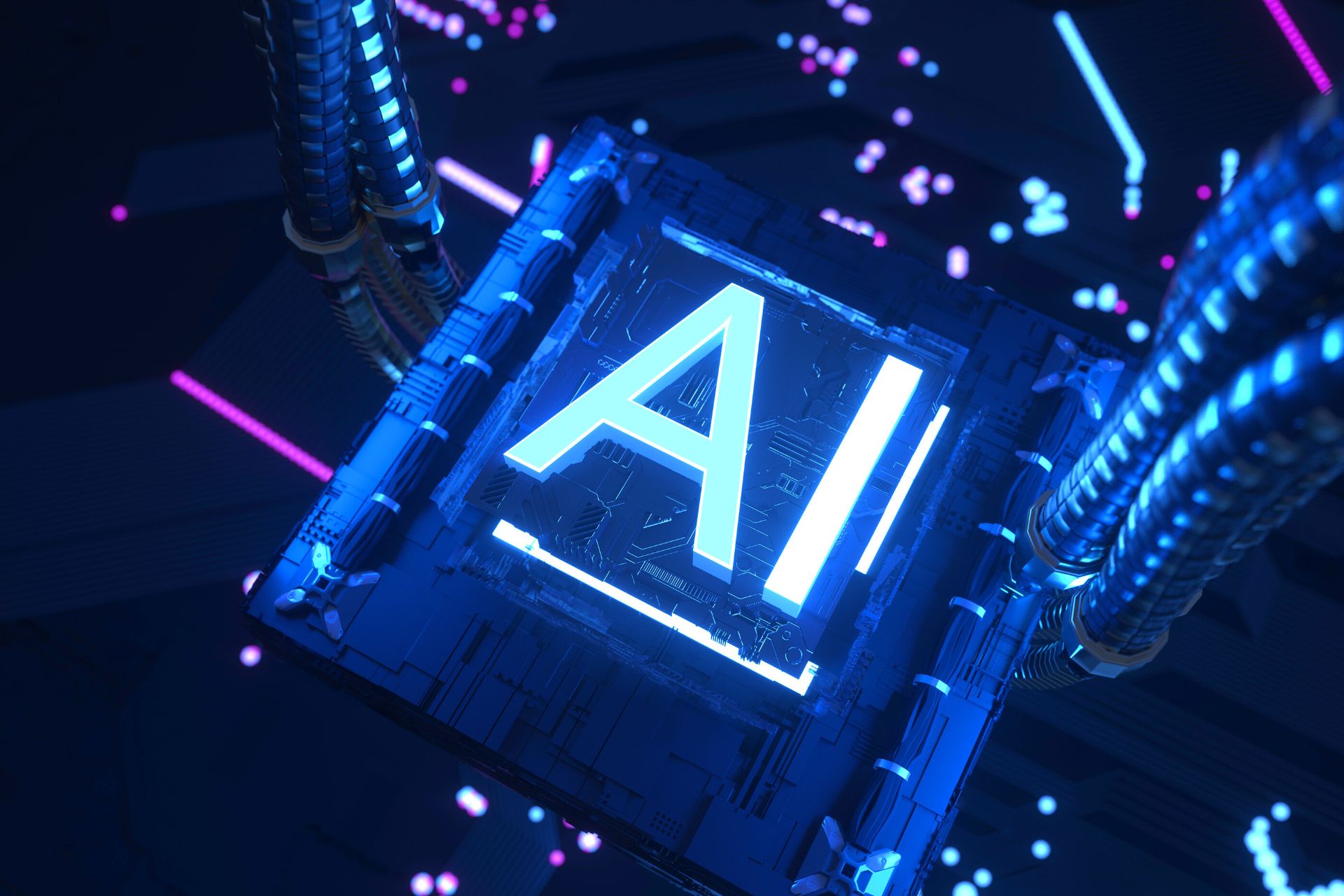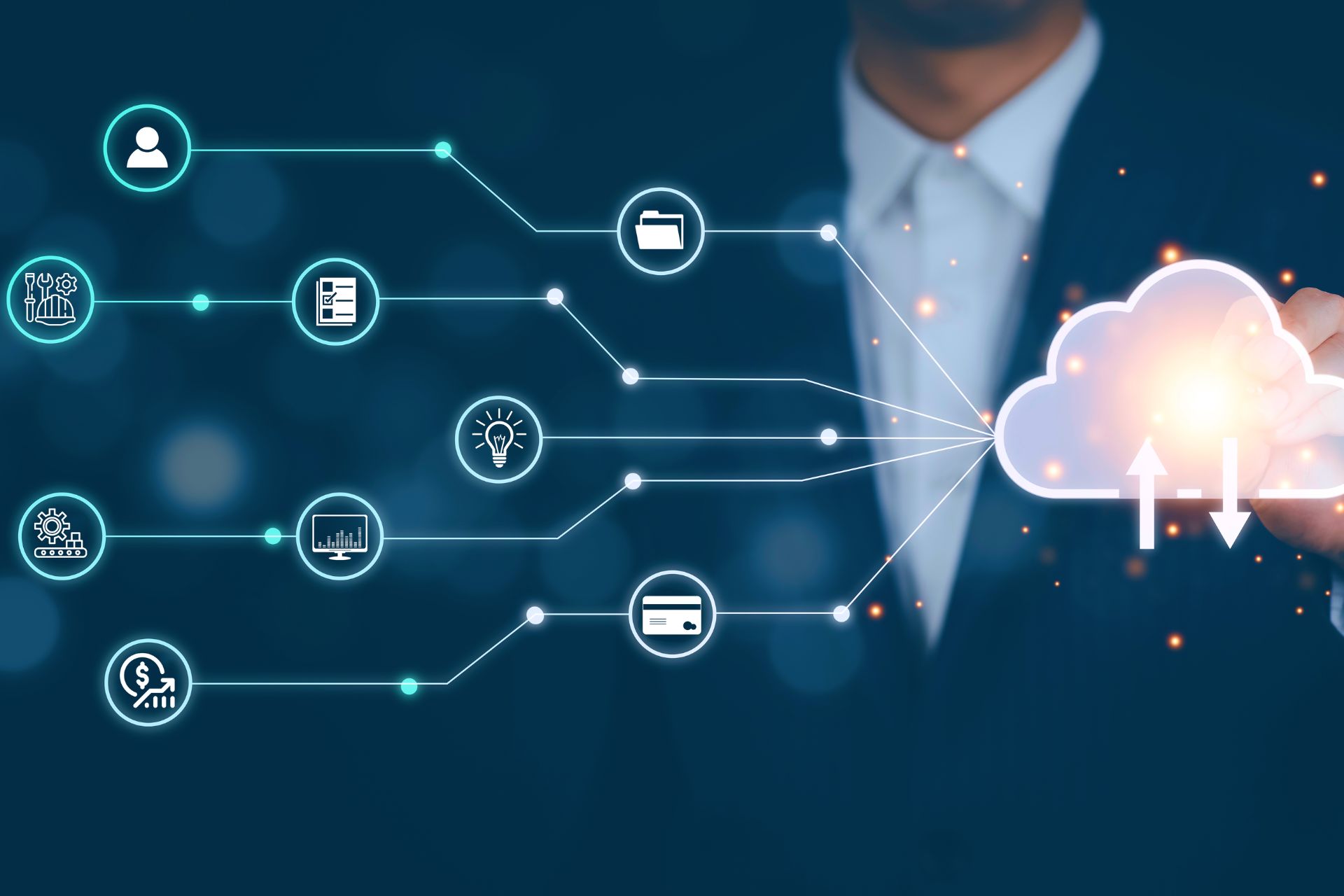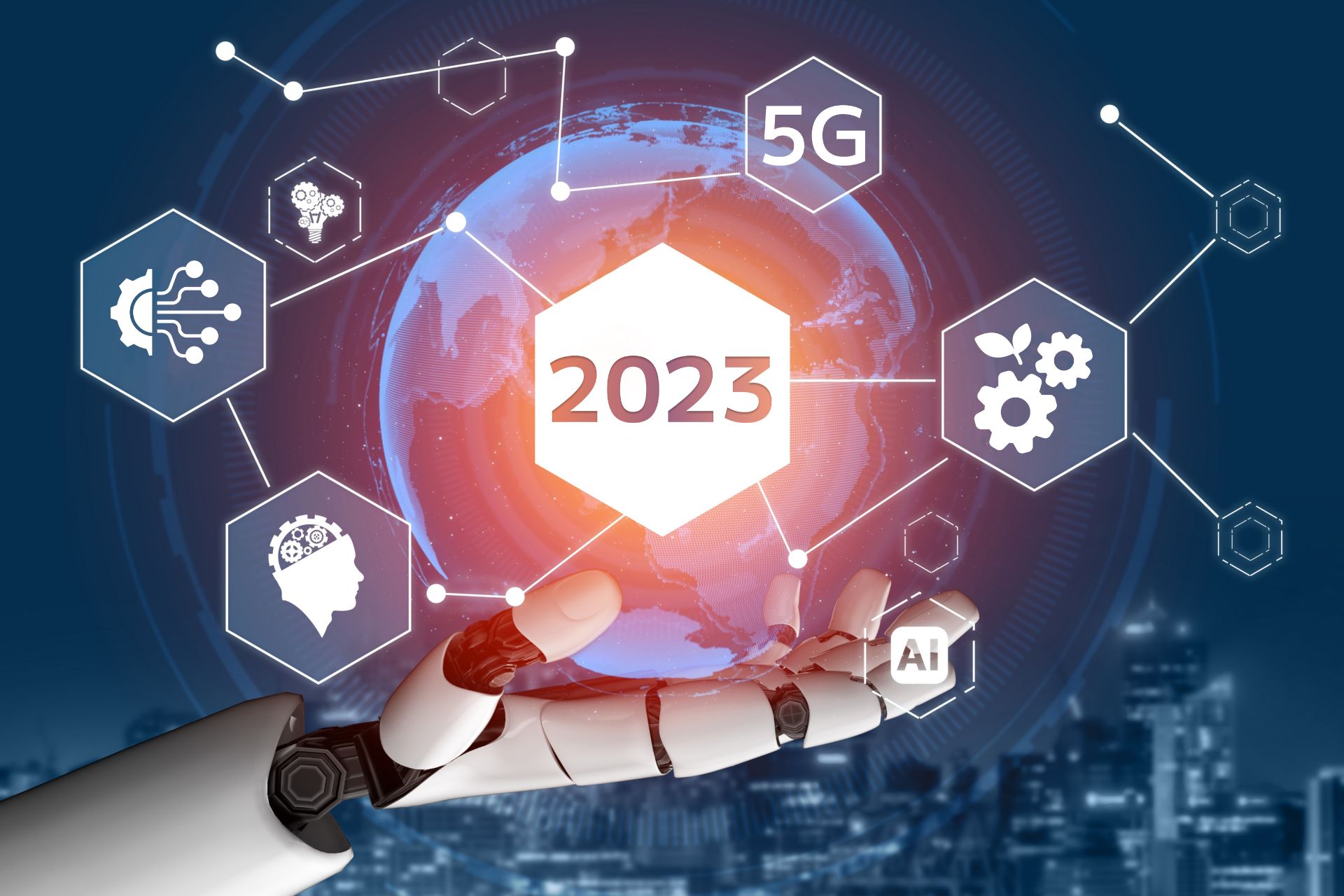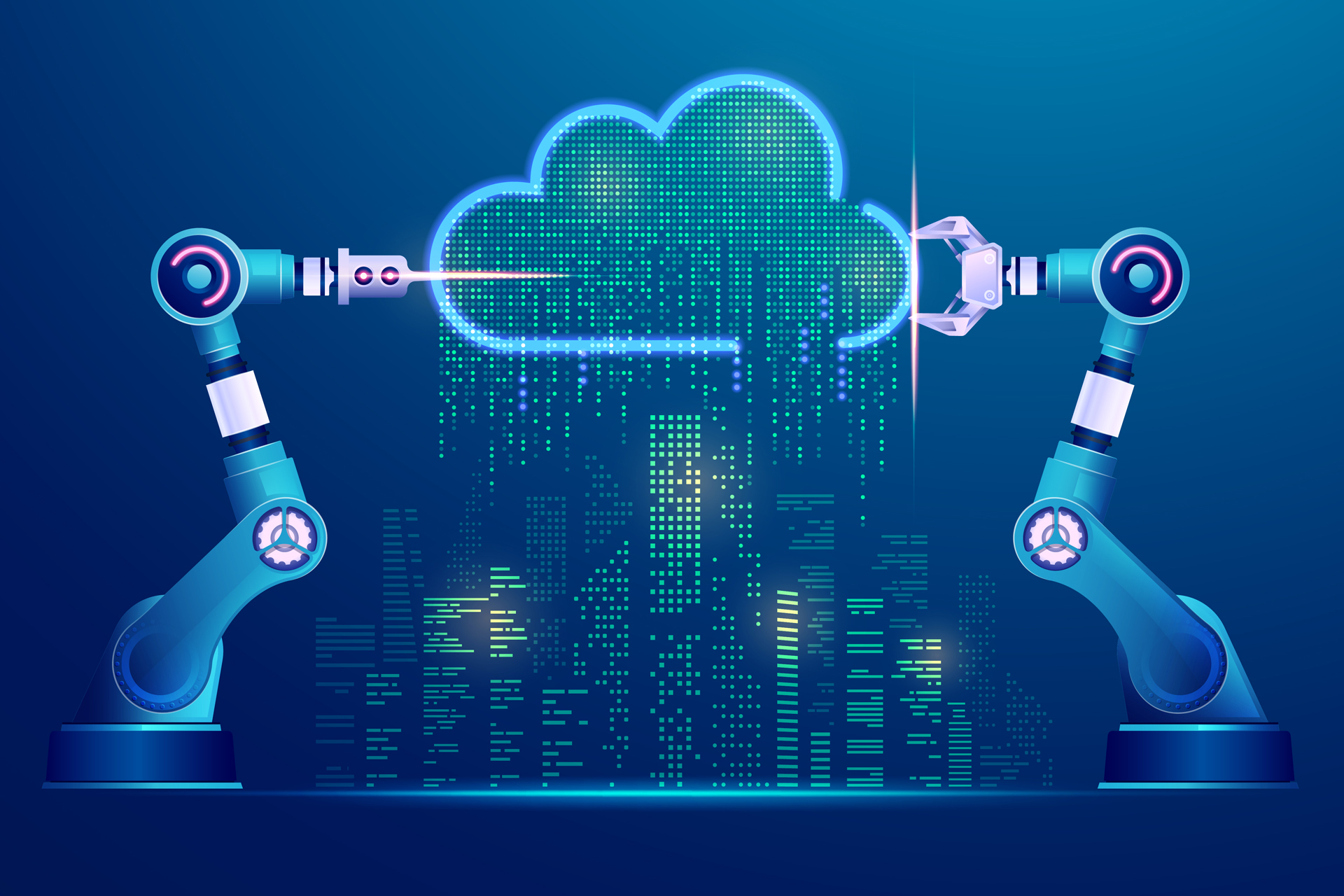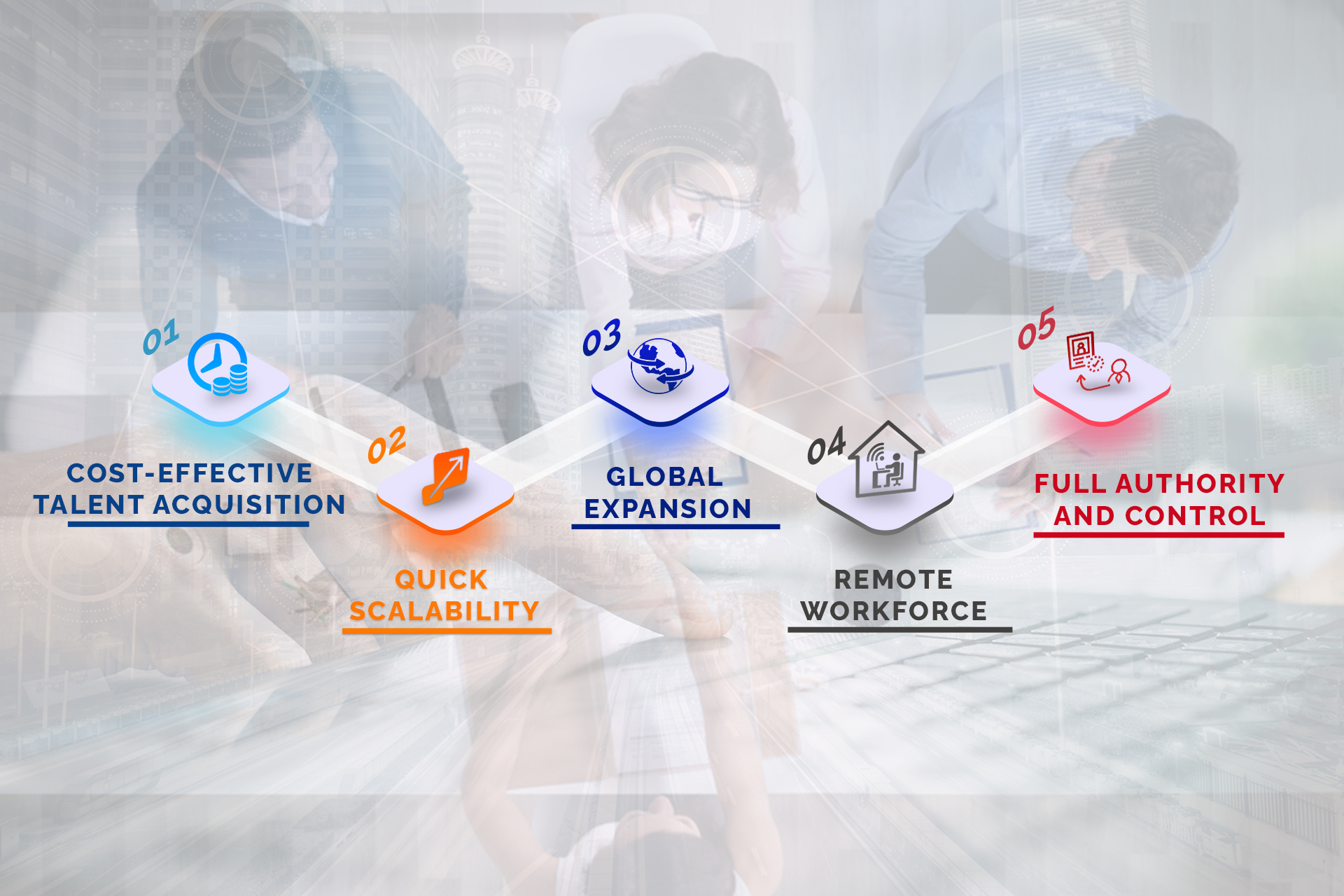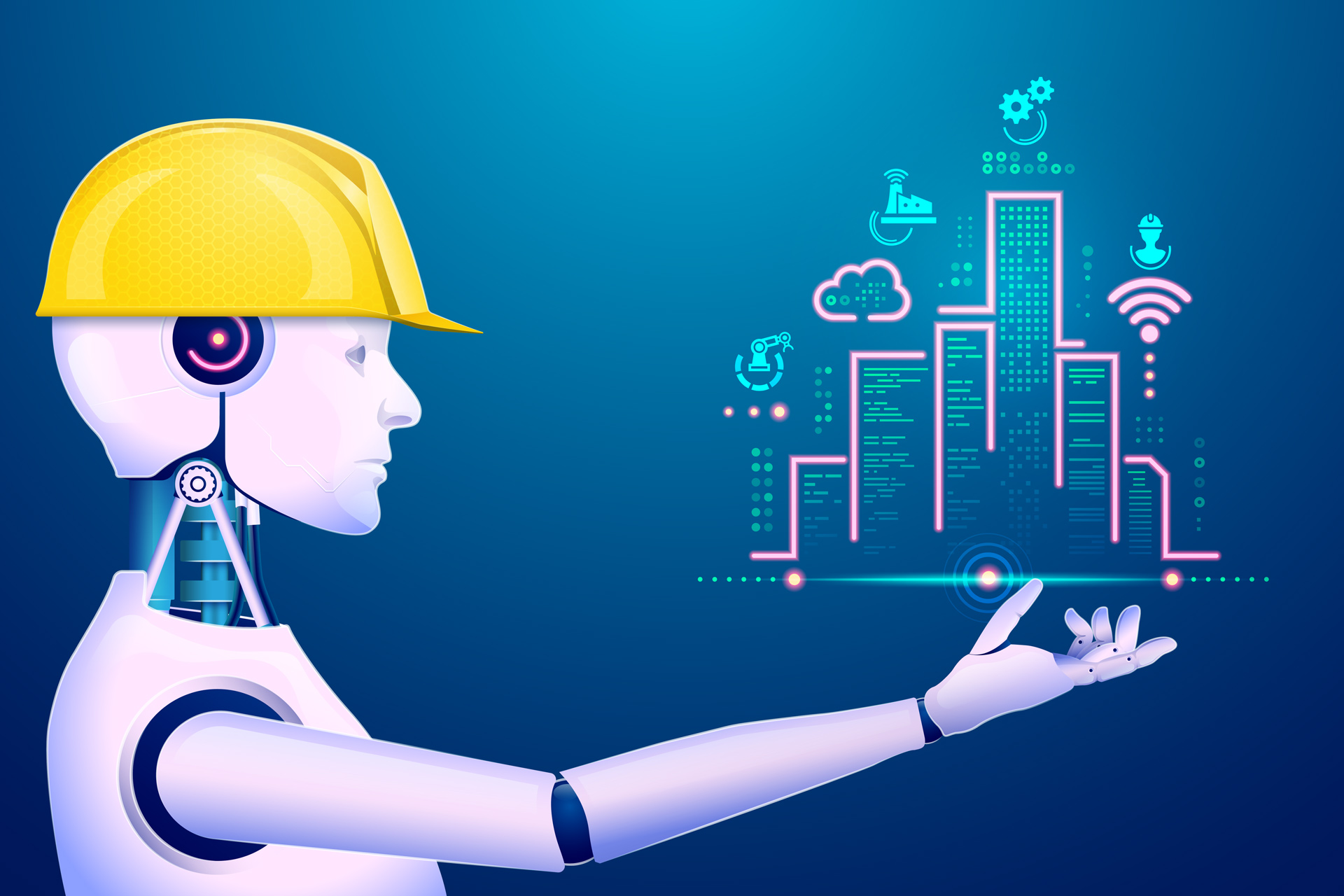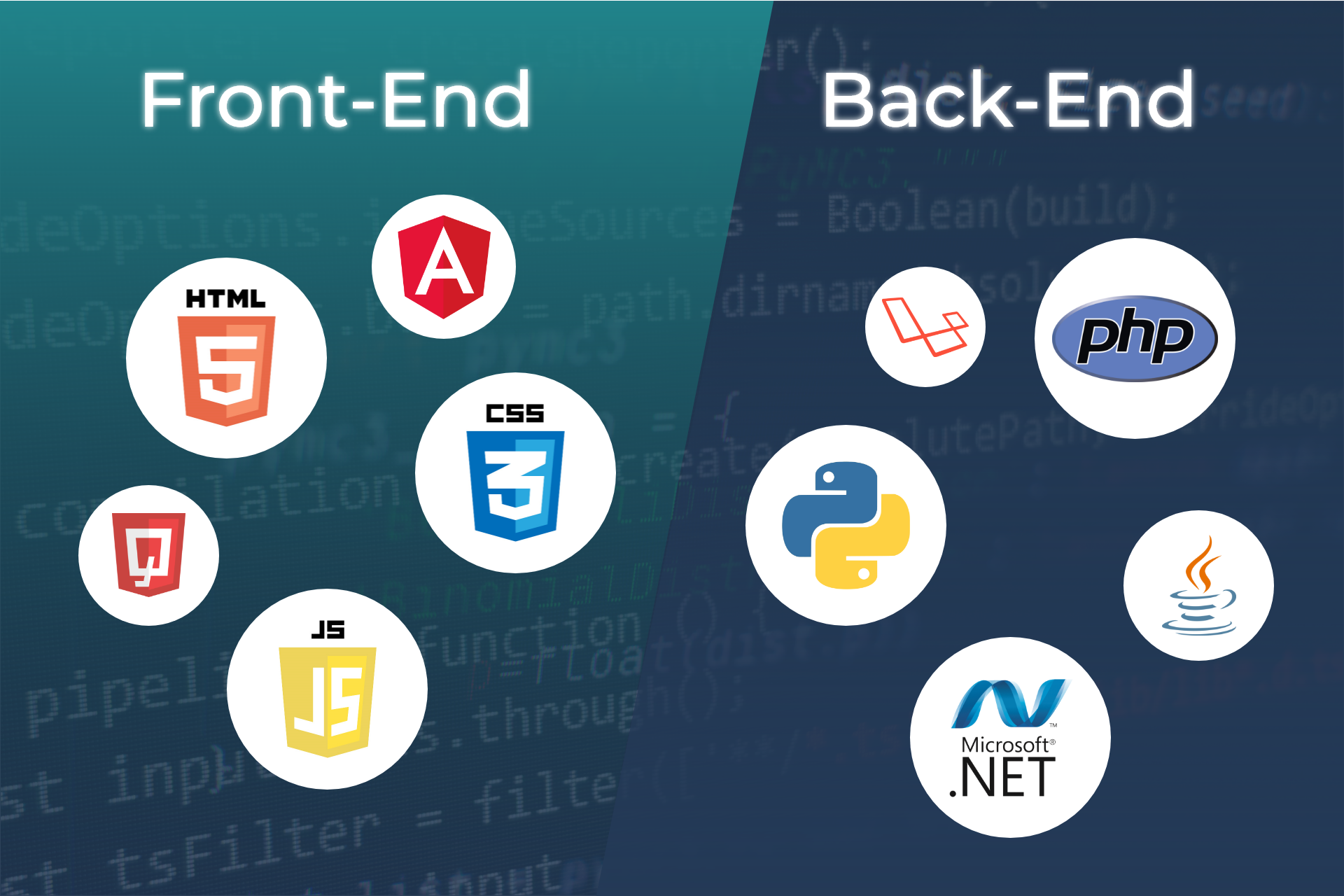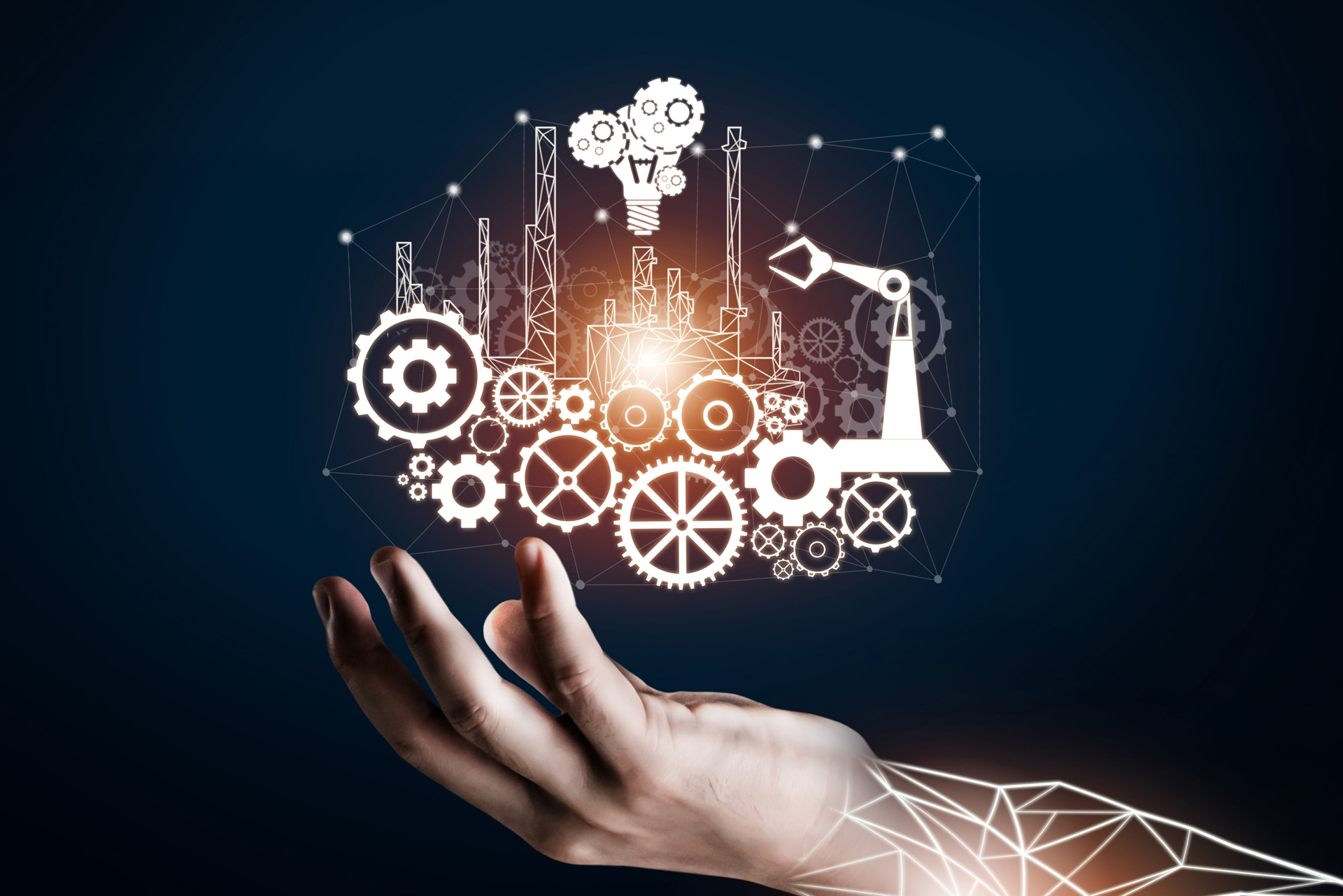
Understanding the Basics of Machine Learning
By Admin
Machine Learning
Machine learning algorithms are increasingly becoming a staple of our society. From organising photographs to helping us shop, these algorithms have become a central part of how we interact with the digital world and are steadily shifting the way we navigate through the physical one as well. But, what are algorithms? Or what is machine learning?
These questions have complex answers, so complex that even some experts are left stumped when describing the intricate details of how it works. That said, machine learning is the cutting edge of AI technology, and describes a machine, or algorithm that becomes smarter over time, learning from past experiences and data pools to develop itself into a more intelligent piece of software.
The Nature of Machine Learning
At its root, machine learning is teaching machines to learn like humans; although this is just a surface-level explanation. In truth, machine learning is a vast field of technology made up of different specialities and sub-categories. Carnegie Melon University Professor, Tom Mitchell, gave a more detailed description of the nature of machine learning in 1997 stating, "A computer program is said to learn from experience E for some task T and some performance measure P, if its performance on T, as measured by P, improves with experience E."
So, for example, if you want to develop software designed to predict traffic during rush hour on a particular stretch of highway (T), you would run this software against an algorithm that includes data of typical patterns on this stretch of highway (E). If this software learns how to predict traffic based on the algorithm, then in the future it will continue to improve its traffic predictions (P). Machine learning can be used to perform tasks that go far beyond predicting traffic, however, and as the technology continues to advance it will expand its scope of specialisation.
The Different Forms of Machine Learning
As mentioned, prior, machine learning is an incredibly intricate process involving a lot of moving parts. As such, designers and experts have grouped the field into three forms, unsupervised learning, supervised learning, and reinforcement learning. In supervised learning, both the input and the output are provided to the program.
Supervised machine learning systems are typically associated with artificial intelligence or AI programs that are retrieval-based, and as such are often capable of using generative learning models. Unsupervised learning stands on the other end of supervised learning in that the program in question isn’t provided with an output. Instead, these programs are tasked with finding patterns in a data set, to construct an outcome. Lastly, reinforcement learning is a form of machine learning in that the program is given consequences for wrong choices, and reward for the right ones.
These three forms of machine learning make up the foundation of how these algorithmically powered software function and can determine the task they are designed to complete or the problem they are meant to solve. While machine learning is increasingly complicated, it is impossible to disregard its real-world functionality.
Machine Learning in Real World Application
While machine learning and artificial intelligence (AI) feel relatively new, it is something that has been in the works for decades. The idea for AI was first adopted by computer scientist and inventor, John McCarthy who proposed the idea in 1956. At the first AI conference, otherwise known as the Dartmouth Conferences, McCarthy stated, "every aspect of learning or any other feature of intelligence can in principle be so precisely described that a machine can be made to simulate it."
Today, McCarthy’s vision is steadily becoming a reality. From the way we shop to the sophisticated trading algorithms used by stock traders on Wall Street, machine learning is working its way into every facet of human life. Although, contrary to what science fiction might say, we shouldn’t fear this new wave of intelligent machines. Programs powered by machine learning are making us more efficient and helping us solve previously time-consuming tasks. Instead of machine learning stepping up to replace us, it is allowing us the time to focus on the human aspects of life.
Insights
Insights into
our World
A view of the ever-evolving digital world through our screens


